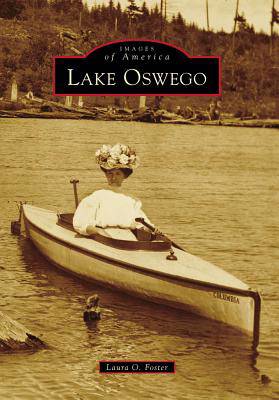
- Afhalen na 1 uur in een winkel met voorraad
- Gratis thuislevering in België vanaf € 30
- Ruim aanbod met 7 miljoen producten
- Afhalen na 1 uur in een winkel met voorraad
- Gratis thuislevering in België vanaf € 30
- Ruim aanbod met 7 miljoen producten
Zoeken
Omschrijving
Fifteen thousand years ago, the Missoula floods roared out of the Columbia River Gorge and sculpted a lakebed out of an old river channel. In 1847, Albert Durham built a home and mill at the lake's outlet, calling the area Oswego. In the 1860s, iron ore mined from the surrounding hills gave rise to the hope that Oswego would become the Pittsburgh of the West. Two decades after its hillsides had been logged and the iron industry failed, the city reinvented itself as an elegant streetcar suburb of Portland, a place where people could live where they played. Oswego Lake's shores were soon lined with picturesque homes, and pleasure boats and water-skiers roamed its waters. Arcadia's Images of America: Lake Oswego chronicles the town's bucolic beginnings, industrial heyday, and successful repurposing from a community based on resource extraction to one of Oregon's most beautiful towns, renamed Lake Oswego after a 1960 merger with nearby Lake Grove.
Specificaties
Betrokkenen
- Auteur(s):
- Uitgeverij:
Inhoud
- Aantal bladzijden:
- 128
- Taal:
- Engels
- Reeks:
Eigenschappen
- Productcode (EAN):
- 9780738570853
- Verschijningsdatum:
- 21/10/2009
- Uitvoering:
- Paperback
- Formaat:
- Trade paperback (VS)
- Afmetingen:
- 163 mm x 231 mm
- Gewicht:
- 317 g

Alleen bij Standaard Boekhandel
+ 67 punten op je klantenkaart van Standaard Boekhandel
Beoordelingen
We publiceren alleen reviews die voldoen aan de voorwaarden voor reviews. Bekijk onze voorwaarden voor reviews.











